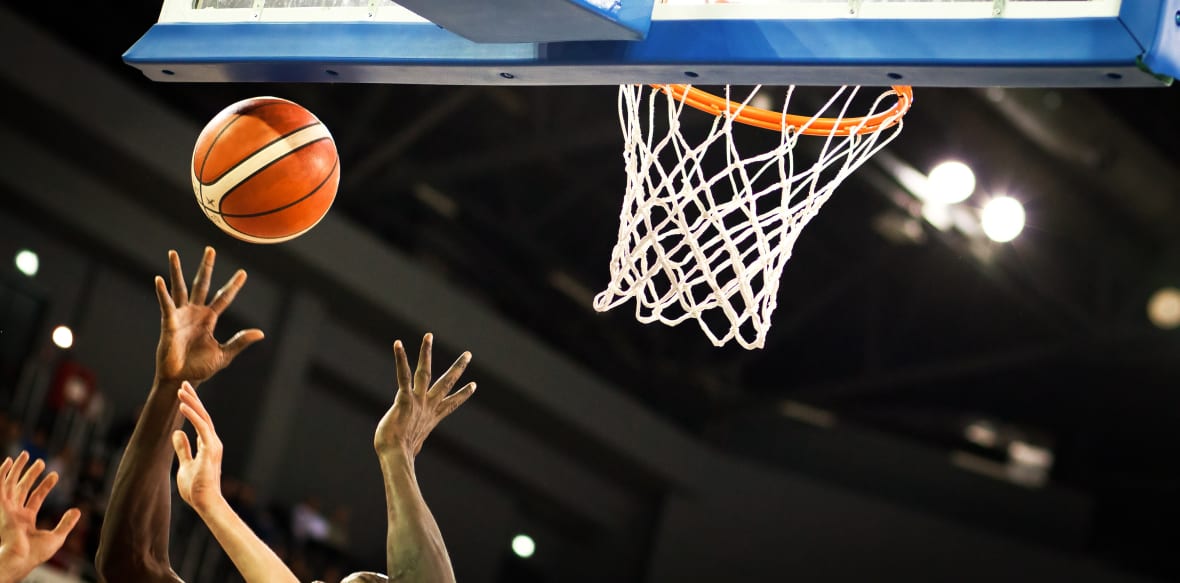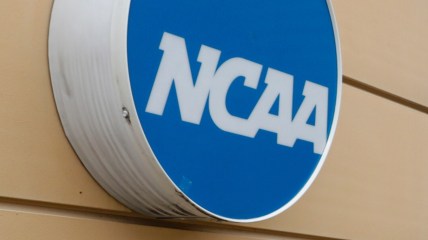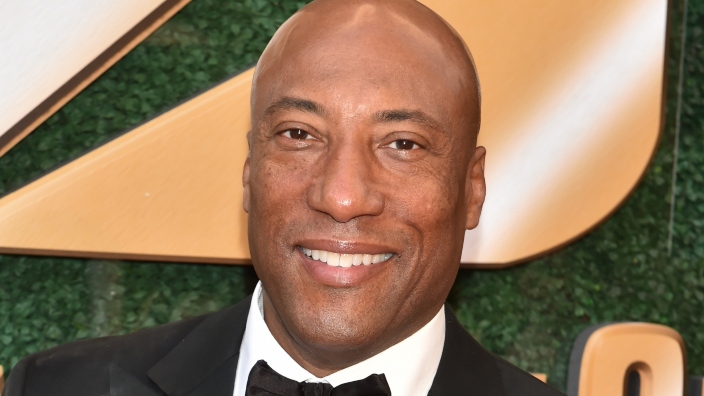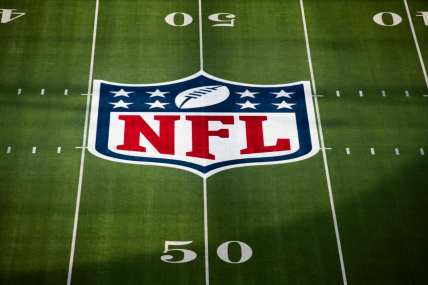NCAA tourney born out of segregation keep family, fellowship at its core
Whether the tournament is in Maryland, Washington, D.C., Virginia or North Carolina, a loyal and proud contingent of fans show up and show out
Friends, families and alumni who continue to make the trek to the Central Intercollegiate Athletic Association Tournament often say they remember more about what they did and who they saw during the event than which school won the basketball championship.
The family reunion vibe and opportunities to fellowship have been a foundation for one of college basketball’s most popular events, which kicks off Tuesday in Baltimore.
Whether the tournament is in Maryland, Washington, D.C., Virginia or North Carolina, a loyal and proud contingent of fans show up and show out.
“It’s a packed weekend, and you’re trying to get it in,” Theophilus Woodley of Charlotte, North Carolina, said recently in a Zoom interview with his family.
It doesn’t matter that there hasn’t been a player from the CIAA to reach the NBA since Ronald “Flip” Murray (2002-10) and that fans don’t get to see the likes of Hall of Famers Earl Monroe or Bobby Dandridge. The 22 men’s and women’s contests figure to be intense, but the trick is finding a way to watch basketball amid an off-court menu of events, not to mention connecting with schoolmates and friends.
Woodley, a Winston-Salem State graduate, began attending the CIAA in 1971 and had gone 45 consecutive years until missing last year’s debut in Baltimore. Health reasons will keep him away again this week, but his daughter Thesha, also a WSSU grad and alumni engagement director, will represent the family.
“It’s so many different things that you’re going to have to do, everywhere you go,” the 70-year-old Woodley recalled. “Everybody is there basically for the same thing. And so, everywhere you go, there’s something to do. Just a welcome experience.”
Amaya Woodley, his daughter-in-law, added, “This is definitely a marathon, not a sprint.”
That’s been a core of the CIAA Tournament since 1946 and continues for the league composed of 12 historically Black colleges and universities (HBCUs) in NCAA Division II. It began in Washington, D.C., with an overflow crowd, and interest has remained high through stops in Virginia and North Carolina before returning to Baltimore last year for the first time since 1952.
But to think of the CIAA Tournament solely in basketball terms would be a disservice to its history, born out of segregation.
Generations of alumni, students and casual fans plan for it. The Woodleys’ attendance is just one example of how its tradition and legacy is passed down.
“When you think about CIAA, it’s just a part of my Black History Month, how I celebrate my culture and connect with people,” Thesha Woodley said. “Everywhere you go, somebody’s wearing something and it just sparks conversation and friendship.
“Even if we’re competing on the court, it’s still like HBCU love. So, it’s a really good experience.”

The lineup of events include:
— Step shows featuring the “Divine Nine” Black Greek sororities and fraternities and local drill teams. The requisite battle of high-energy bands blaring popular tunes as cheerleaders cheer on their schools and perform entertaining, acrobatic moves.
— Nearby attractions such as concerts starring hip-hop artists like KRS-One, Slick Rick and Doug E. Fresh.
— The fanfest is also a huge draw amid a sea of vendors hawking souvenir reminders of the HBCU and African-American experience.
Of course, that’s not counting the impromptu get-togethers at surrounding hotels, bars or restaurants that often extend well into the night.
“It’s the biggest HBCU community homecoming in February, ever,” said CIAA Commissioner Jacquie McWilliams, adding that there will be a Title IX celebration as well. “And we invite the entire HBCU community to be a part of this experience. It’s the one time that we can really celebrate Black history together in a community that is a Black community.”
The CIAA website touts its tournament among the nation’s three highest-attended college basketball events among all NCAA divisions. The NCAA could not verify that ranking, though the governing body’s record book shows the CIAA boasting Division II’s top four single-game crowds, highlighted by the record 21,786 for Bowie State’s 72-71 victory over Virginia Union for the 2003 men’s title in Raleigh, North Carolina.
Last year’s debut amid coronavirus pandemic concerns attracted more than 66,000 visitors to Baltimore and generated a $19.6 million economic impact. President/CEO Al Hutchinson of Visit Baltimore expects those numbers to increase this year with restrictions lifted and a renovated, renamed CFG Bank Arena ready to host its first games.
Baltimore city/county demographics include an estimated 62% Black population as of July 2022 (according to the U.S. Census Bureau) and is the home of Morgan State and Coppin State universities, Division I members of the historically Black Mid-Eastern Athletic Conference (MEAC).
Longtime Baltimore bar owner Ann Winder is ready for the additional business at The Place Lounge, an over-30 jazz, R&B and music bar located a few blocks north of the arena.
“Everyone I’ve spoken with are pretty excited about it,” said Winder, who plans to attend tournament games. “I just go with the flow. … It’s not like my place is a huge place. But I can guarantee you that I’ll be full.”
TheGrio is now on your TV via Apple TV, Amazon Fire, Roku, and Android TV. Also, please download theGrio mobile apps today!



